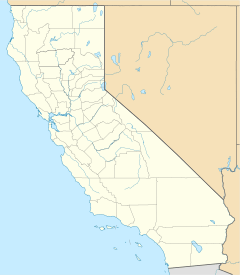Plumtree, California facts for kids
Quick facts for kids
Plumtree
|
|
|---|---|
|
Former settlement
|
|
| Country | United States |
| State | California |
| County | Yolo County |
| Elevation | 26 ft (8 m) |
Plumtree was once a small community in Yolo County, California. It was located near the Southern Pacific Railroad, which was very important for travel and trade a long time ago. Today, Plumtree is no longer an active settlement, meaning people don't live there anymore.
Contents
What Was Plumtree?
Plumtree was a "former settlement." This means it was a place where people once lived and worked, but over time, it became empty or disappeared from maps. It was situated about 4.25 miles (6.8 km) west of a city called West Sacramento. The land where Plumtree was located is quite low, only about 26 feet (8 meters) above sea level.
Why Did Settlements Disappear?
Many small towns and communities like Plumtree grew and then faded away. This often happened because of changes in how people traveled or traded goods. For example, if a railroad line was moved, or if new roads were built, a town that depended on the old route might lose its importance.
Plumtree and the Railroad
Plumtree was located right on the Southern Pacific Railroad line. In the late 1800s and early 1900s, railroads were like the highways of their time. They were crucial for moving people, crops, and goods across long distances. Many small settlements sprang up along these railway lines to serve as stops, supply points, or places for workers to live.
The Importance of Railroads
Railroads helped California grow by connecting farms to markets and allowing people to travel more easily. A settlement like Plumtree would have relied on the railroad for its connection to larger towns and cities. However, as transportation methods changed, especially with the rise of cars and trucks, some of these smaller railroad-dependent communities became less necessary.
When Did Plumtree Disappear?
Plumtree was still shown on maps as late as 1916. After that time, it likely stopped being an active community and was no longer considered a populated place. The exact reasons for its disappearance are not fully known, but it fits a pattern of many small, rural settlements that faded as the region developed and transportation evolved.


